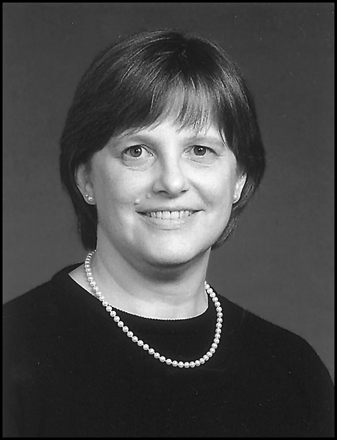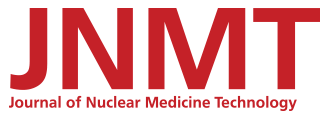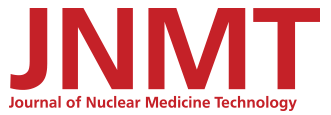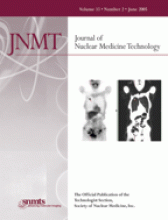
Beth Harkness
Today, my department is having a party for our students. They are finishing their internship year with us. I hope that during this year they will have learned enough about the practical clinical aspects of being a nuclear medicine technologist. I know that we cannot teach them every procedure they will encounter or how to handle every situation, but I hope they have learned to think like a professional. At the least I hope they have learned that for those who work in any area of medicine, learning is a life-long process.
Seeing our students getting ready to graduate puts me in mind of a time 25 years ago when I was finishing my own nuclear medicine internship. I don’t think that I was very different then than our students are today. I was broke—even though an education cost significantly less then. Wages were a lot lower, too. All I really wanted was a job. I wanted to get my own apartment, no roommates. I wanted to get some furniture, a TV, and a stereo. I wanted to get all of the things that I could not afford as a student. I just wanted to go to work, do a good job, and then come home and have fun. I thought then that these were reasonable goals, and I still think they are … for a 24-year-old who is just finishing school. But, when is it that we realize we have to do more? When do we make that internal commitment that makes us a professional and not just a “health care worker?”
I got that first job and I hated it. I was so focused on finding someone that wanted me to work for them that I had never thought about finding a job that would work for me. I didn’t know how to ask the right questions; I didn’t even know there were such questions to ask. So while my first job was a learning experience, I missed out on learning many of the most important things I needed to know … I needed to be somewhere else to learn them. I was very lucky in that my next job was everything a person could want: great people to work with, weekly educational sessions for the technologists, and, most important, mentors. Was that where an appreciation of life-long learning began? I look at the list of consulting editors for the JNMT and find that many of them were my mentors in that second job. Others came along later in my career. I have kept in close contact with each of these people who have meant so much to me in my professional life. I would not be who I am today without their help and guidance.
I’m sure our students are looking forward to getting their first job and the independence that will come with it, but many probably don’t share my perspective. I don’t see them as just getting their first professional job. I see them taking the first step into something bigger, something that can be viewed as a whole: a Career. Of course, I have the advantage of having been there/done that (and that and that and that.) I see that a career is greater than the sum of its jobs. Will these students soon to graduate develop a relationship with someone that they can call a mentor? Will they keep that relationship strong throughout their career? Will they learn the joys of life-long learning or be content to just brush up on what they need to know to get through the day? Will they learn that doing something well is its own reward?
I don’t know the answers, but I do know that every newly minted nuclear medicine technologist has a better chance if someone who is established in the profession takes the time to nurture them. All of us old timers are very busy in our jobs, and it can be difficult to find the time to help a novice technologist—but it is the most important thing we can do for them. And if we don’t, who will? Perhaps the difference between having a job and a career is the nature of your ties to your fellow workers. If you are new, and you can’t find someone you work with that makes you want to better yourself, then all you’ve got is a job. But if you’ve been in the profession for years and you aren’t taking the time to mentor the new technologists you work with, then maybe your “career” is really just a job, too.
So as this year’s graduates enter the work force, think of them as new professionals just starting down the path to a rewarding career—one like yours. Help them learn their profession and help them excel. We will all be richer for it.







